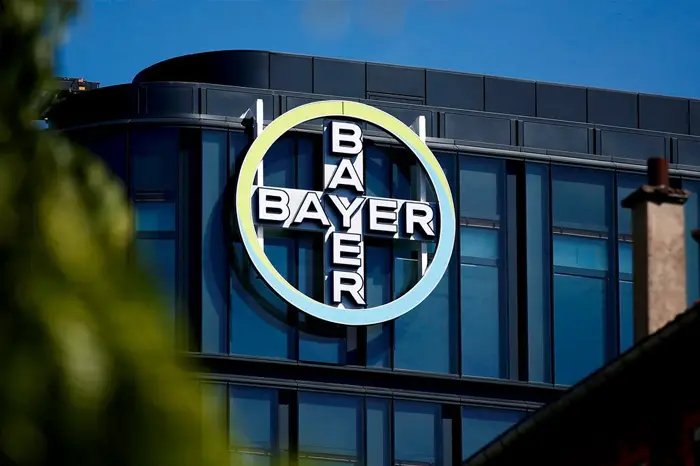 On August 1, 1863, businessman Friedrich Bayer and master dyer Johann Friedrich Weskott established a dyestuffs factory in Barmen, now a part of Wuppertal. Soon afterwards, in 1865, the two men purchased an interest in a coal tar dye factory in the United States and began exporting intermediates.
On August 1, 1863, businessman Friedrich Bayer and master dyer Johann Friedrich Weskott established a dyestuffs factory in Barmen, now a part of Wuppertal. Soon afterwards, in 1865, the two men purchased an interest in a coal tar dye factory in the United States and began exporting intermediates.
In 1876 a dyestuffs factory was opened in Moscow. The descendants of Bayer and Weskott established the joint stock company Farbenfabriken vorm. Friedr. Bayer & Co. on July 1, 1881. The Flers plant in northern France started production in 1883. In 1884 the chemist Carl Duisberg began his career at Bayer. Under his management, Bayer scientists made pioneering discoveries. The Pharmaceutical Department was established in 1888. In 1891 the Leverkusen site was purchased. Bayer researcher Dr. Felix Hoffmann first synthesized acetylsalicylic acid, the active ingredient in Aspirin®, in a chemically pure and stable form in 1897. Aspirin® was registered as a trademark in 1899 and became the worlds favorite pain killer. In 1912 the companys headquarters were transferred to Leverkusen. Farbenfabriken vorm. Friedr. Bayer & Co. merged with other companies to form I.G. Farbenindustrie AG in 1925. Leverkusen became the main production center of the I.G.s Lower Rhine operating consortium. As Germanys most important chemical company, however, I.G. Farbenindustrie was also drawn into developments during the Third Reich. Following the Second World War, the Allies seized and later broke up I.G. Farben. In 1939 Bayer researcher Gerhard Domagk was awarded the Nobel Prize for Medicine for his discovery of the antibacterial effect of the sulfonamides (Prontosil). Bayer was re-established as Farbenfabriken Bayer AG in 1951 and changed its name to Bayer AG in 1972. The push for expansion as an international chemicals and health care group began. In 1973 ground was broken for the Brunsbüttel production site, and six years later, in 1979, for the Agricultural Center (now the corporate headquarters of Bayer CropScience) in Monheim.
In 1986 Bayer reacquired from U.S. pharmaceutical manufacturer Sterling Drug, Inc. the rights to use the Bayer trademark in the United States for products sold to manufacturing industry. The Pharmaceutical Research Center in West Haven, Connecticut, United States was dedicated in 1988. In the same year, Bayer became the first German industrial company to be listed on the Tokyo Stock Exchange. Also that year, all Bayers U.S. activities were consolidated under the management holding company Bayer USA Inc., Pittsburgh, Pennsylvania. In 1989 Bayer acquired Cooper Technicon, Tarrytown, New York, to become one of the worlds largest suppliers of diagnostics systems and reagents for clinical chemistry. In 1991 Bayers Communication Center (BayKomm) opened in Leverkusen. In 1992 Bayer merged its U.S. companies Mobay Corporation, Miles Inc. and Agfa Corporation with the management holding company Bayer USA Inc. to form a new operating company under the name Miles Inc. The first production facility of Bayer Bitterfeld GmbH came on stream in 1994. In the same year, Bayer acquired the North American self-medication business of Sterling Winthrop, at the same time regaining full rights to the Bayer name and the Bayer Cross trademark in the United States and Canada. In 1995 the U.S. subsidiary Miles Inc. was renamed Bayer Corporation, while Canadian subsidiary Miles Canada Inc. was renamed Bayer Inc. © 2006 Bayer


